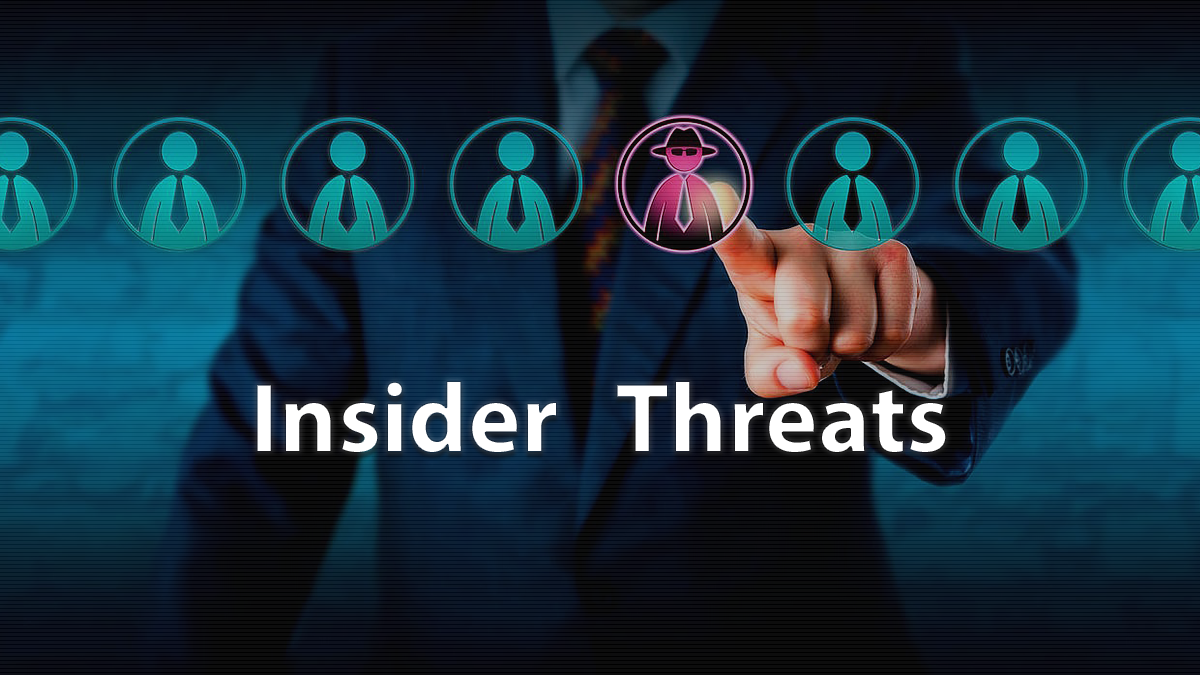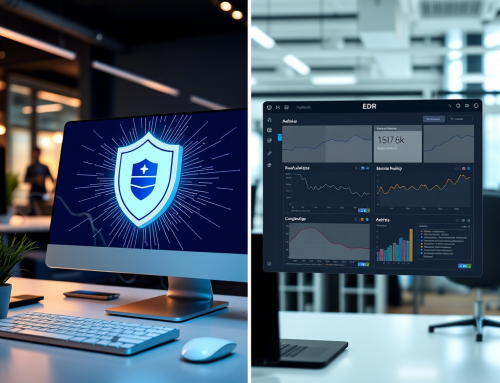Insider threats pose a serious, often underestimated risk to businesses of all sizes. These security challenges come not from hackers or external attackers, but from individuals inside the organization. These might include employees, contractors, or business partners who have access to the company’s systems, data, or infrastructure. For IT security experts, cybersecurity learners, and small business owners, addressing insider threats is critical to safeguarding sensitive data, intellectual property, and overall business operations.
This article provides strategies and actionable insights into understanding, identifying, and mitigating insider threats. Whether you’re a seasoned IT professional or a small business owner looking to strengthen your defenses, the points outlined below will help you take a proactive approach.
Understanding Insider Threats
Types of Insider Threats
Recognizing the different forms insider threats can take is the first step toward prevention:
- Malicious Insiders:
These are employees or partners with malicious intent who exploit their access to harm the organization, often for personal gain or external influence.
- Negligent Insiders:
Employees who unintentionally cause security breaches due to carelessness or lack of knowledge, such as clicking on phishing links or mishandling sensitive data.
- Compromised Insiders:
When external attackers gain access to systems by manipulating or deceiving an internal employee (e.g., via phishing or social engineering).
Key Indicators of Insider Threats
It’s crucial to detect the warning signs of potential insider threats early. Common indicators include:
- Behavioral changes, such as disgruntled or secretive attitudes.
- Unusual data access patterns or large, unauthorized transfers.
- Employees holding excessive or unnecessary access privileges.
Identifying Risks
Vulnerable Areas
Insider threats often center around specific business vulnerabilities, such as:
- Intellectual Property and Sensitive Data:
Proprietary information, trade secrets, and customer databases are prime targets.
- Network and System Access:
Gaining direct access to your organization’s network can lead to wide-reaching damage.
Common Scenarios
Understanding common threat scenarios can help businesses craft better mitigation strategies:
- Data Theft by Departing Employees:
Employees leaving the company might take sensitive data with them, either knowingly or accidentally.
- Privilege Abuse by IT Staff:
IT professionals are often given high levels of system access, which can be misused if not properly managed.
Risk Assessment
To identify potential risks, businesses should:
- Conduct regular audits of both cybersecurity measures and access logs.
- Determine which assets are critical and require the most robust protection.
Prevention Strategies
Access Control and Privilege Management
Implementing strict access controls ensures that employees only have permissions necessary to perform their jobs:
- Least Privilege Principles:
Restrict employee access to only what is essential for their role.
- Regularly Review User Access:
Reassess privileges periodically, especially for employees who change roles or departments.
Employee Education and Training
Your employees are your first line of defense against insider threats. Effective education includes:
- Hosting cybersecurity awareness sessions to teach employees how to recognize phishing attacks and other social engineering tactics.
- Fostering a culture of accountability, where employees understand their role in maintaining security.
Monitoring and Detection
Technological solutions can add an extra layer of oversight:
- Security Information and Event Management (SIEM) tools to track and detect unusual behavior.
- Introducing User Behavior Analytics (UBA) to identify patterns or anomalies that could indicate a threat.
Incident Response
Developing an Insider Threat Response Plan
Even with prevention strategies in place, incidents may still occur. A defined insider threat response plan should include:
- Immediate steps to contain the threat and limit damage.
- Clear roles and responsibilities for your Incident Response Team (IRT).
Post-Incident Analysis
After resolving an incident, conduct a thorough post-mortem analysis:
- Identify weaknesses in your policies or systems that allowed the threat to occur.
- Use findings to update processes and improve overall security measures.
Legal and Ethical Considerations
Balancing Security and Privacy
It’s critical to ensure that security measures respect employee privacy while complying with relevant data protection laws:
- Transparent Policies:
Outline how employee activity is monitored and how such data is stored and used.
- Compliance with Laws:
Ensure processes align with regulations such as GDPR, CCPA, and other privacy laws.
Engaging Legal Teams
Proactively involve your legal team to:
- Draft contracts and policies that outline repercussions for insider threats.
- Ensure legal coverage in the event of a malicious insider incident.
Tools and Technologies for Insider Threat Management
Technology has become an essential part of insider threat management. Popular tools include:
- SIEM Solutions:
Tools like Splunk and LogRhythm to detect real-time anomalies.
- Data Loss Prevention (DLP) Systems:
Protect sensitive data from leaving network environments.
- Endpoint Detection and Response (EDR) Tools:
Solutions such as CrowdStrike and Carbon Black for monitoring endpoint activity.
Conclusion
Insider threats are a reality for businesses across industries, but they don’t have to be a liability if addressed proactively. By understanding the nature of insider threats, reducing risks, and implementing robust prevention strategies, businesses can protect their assets, operations, and reputations.
Take Action Today: Don’t wait for an incident to assess your insider threat strategy. Start implementing these best practices now to strengthen your defenses and create a culture of awareness and accountability. Remember, staying ahead of potential threats is a continuous process—adaptation and vigilance are key.





